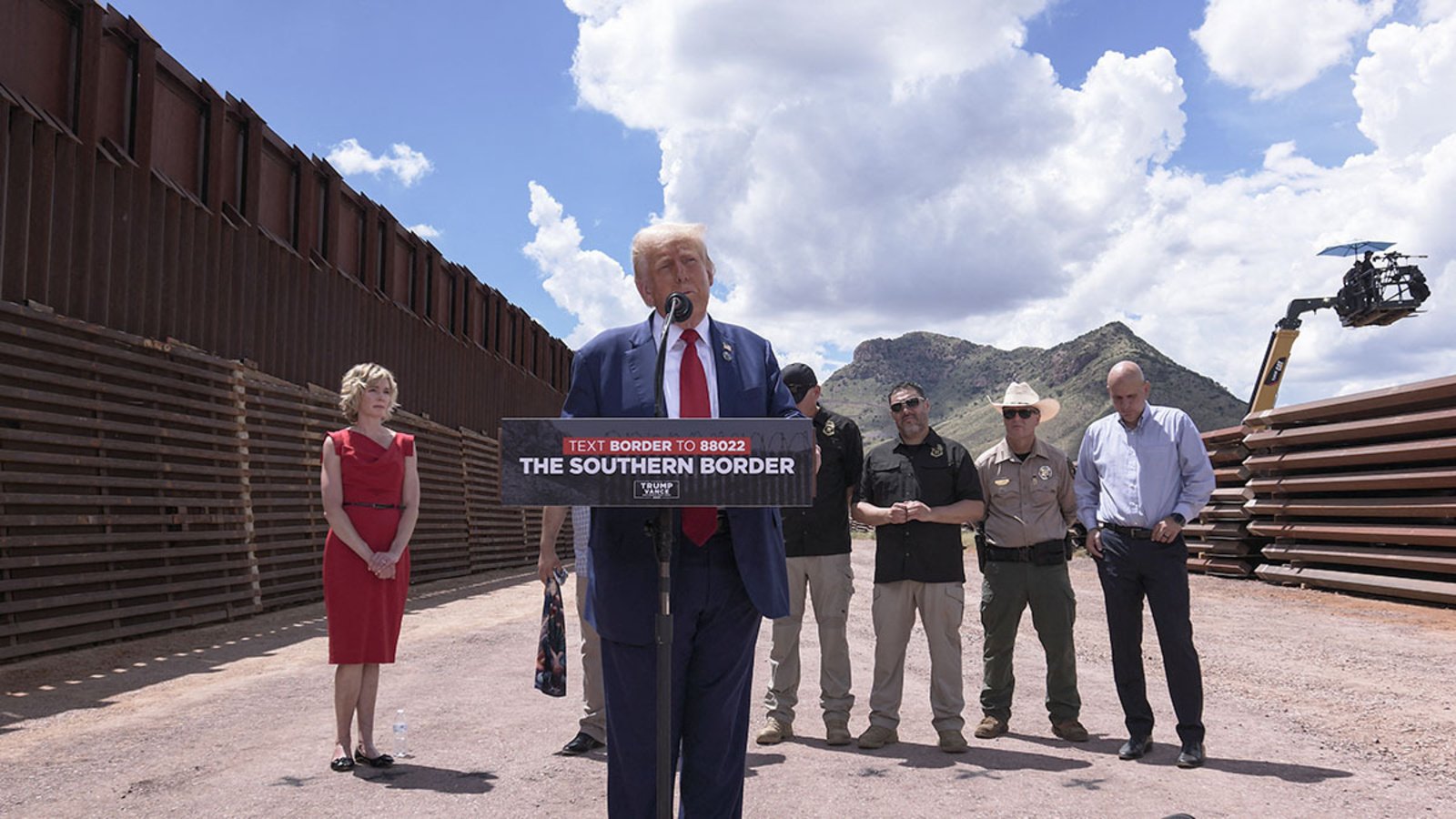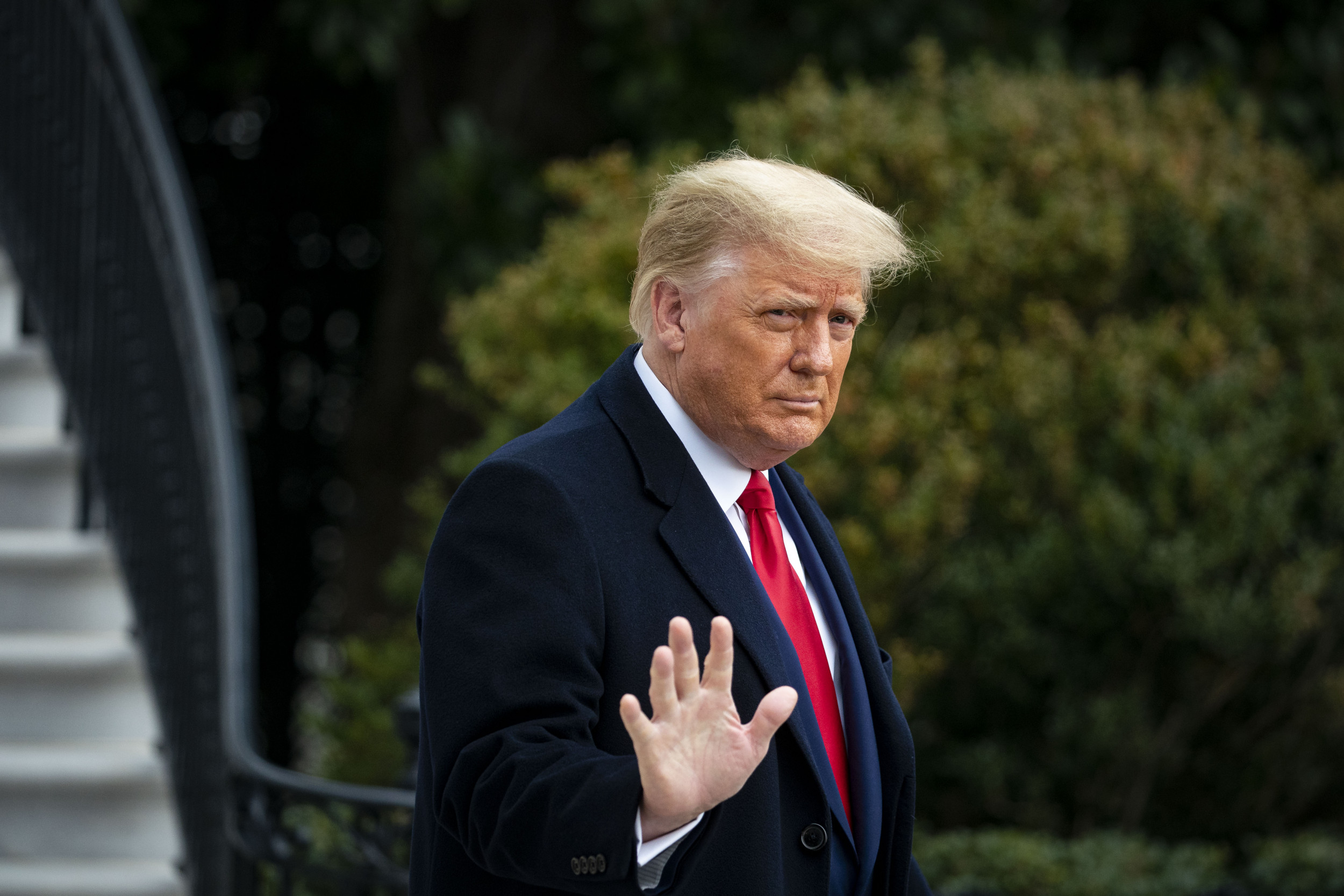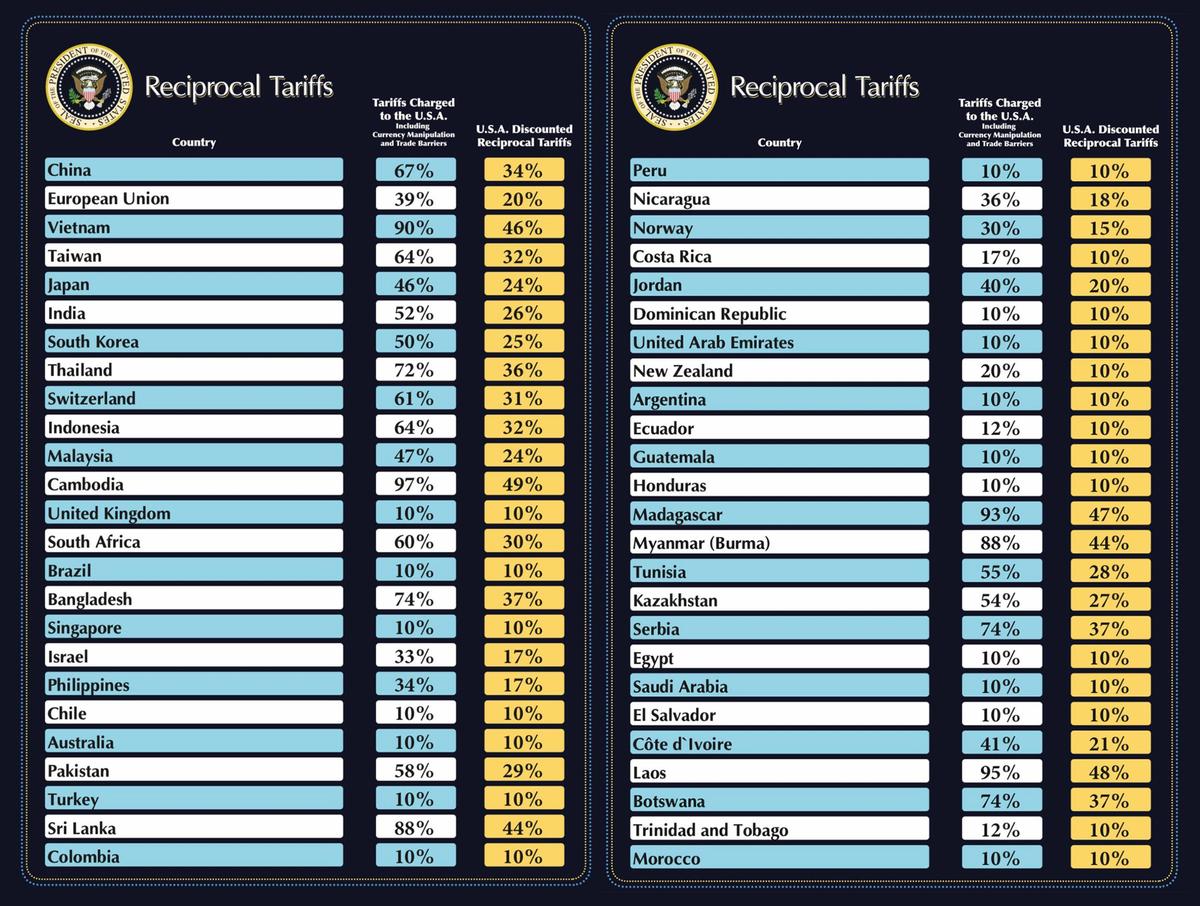Trump’s Bold Border Security Plan: What’s Coming Next
In a series of previewed executive actions, incoming officials from the Trump administration outlined a comprehensive plan aimed at significantly altering U.S. immigration and border security policies. On a Monday morning call with reporters, these officials described the measures as a necessary response to protect the country from what they described as an “invasion” by illegal migrants and violent criminals. The administration’s emphasis was on national security, public safety, and curbing illegal immigration, with particular attention given to the perceived threat posed by drug cartels and gang members. The measures outlined were designed to reshape the U.S. approach to immigration, asylum, and border enforcement.
National Emergency Declaration and Military Involvement
One of the most significant proposals involved declaring a national emergency at the U.S.-Mexico border, a move designed to give the federal government increased powers to address what officials termed a border crisis. This declaration would also clarify the role of the U.S. military in border security, ensuring that the armed forces are actively involved in “protecting the territorial integrity of the United States.” While the military had been deployed to assist with border enforcement in a limited capacity under previous administrations, Trump’s approach would formalize and expand the military’s role in securing the southern border.
Reinstating Controversial Immigration Policies
The administration’s plan also included the reinstatement of several controversial immigration policies from the previous Trump era. One such policy is the “Remain in Mexico” program, which requires asylum seekers to wait in Mexico for the duration of their U.S. immigration proceedings. This policy was aimed at reducing the number of migrants who entered the U.S. while awaiting asylum hearings. The administration also proposed ending the “Catch and Release” practice, which allowed migrants who were apprehended at the border to be released into the U.S. while their immigration cases were pending. Under the new policies, migrants would face stricter detention and processing procedures.
Border Wall and Security Infrastructure
The Trump administration reiterated its commitment to completing the construction of the border wall along the southern border, a central promise from Trump’s 2016 campaign. While some portions of the wall had already been built or replaced, the administration’s intention was to expedite the construction of a more comprehensive barrier. This would be paired with increased surveillance and security infrastructure to further deter illegal immigration and drug trafficking.
Designating Drug Cartels as Terrorist Organizations
Another notable aspect of the plan was to designate drug cartels as foreign terrorist organizations. This designation would grant U.S. law enforcement agencies and military units additional legal tools to combat the operations of these cartels, including increased penalties for individuals connected to these organizations and expanded authority for military action against them. The administration argued that drug cartels were responsible for a significant amount of violence and illegal activity at the border and in U.S. communities, particularly through their involvement in the trafficking of drugs and human smuggling.
Changes to Asylum and Refugee Policies
The administration also sought to overhaul the U.S. asylum and refugee systems. Under the new policies, migrants caught between U.S. ports of entry would no longer be eligible to claim asylum, a move aimed at curbing the practice of crossing the border unlawfully in order to seek asylum. Additionally, the administration proposed suspending the resettlement of refugees for at least four months to allow for a more thorough review of the refugee process, including the screening and vetting of individuals seeking entry into the U.S.
Enhanced Vetting and Immigration Screening
In line with the administration’s focus on national security, there were also proposals to enhance the vetting and screening of migrants entering the U.S. This would include more stringent background checks and further scrutiny of applicants from countries deemed to pose a national security risk. Officials indicated that these measures would be particularly important for migrants from countries with high levels of terrorism or instability.
Targeting Undocumented Criminals and Gang Members
The administration’s proposed actions also included a focus on targeting undocumented gang members and criminals already residing in the U.S. Homeland Security task forces would be created to specifically address the issue of criminal organizations and illegal immigrants involved in violent activities, such as gang members and individuals involved in human trafficking or drug smuggling. By concentrating on this group, the Trump administration aimed to reduce crime and enhance public safety within U.S. communities.
Restoring the Death Penalty for Certain Crimes
Another highly controversial element of the proposed immigration measures was the restoration of the death penalty for the murder of law enforcement officers by undocumented migrants. This proposal was part of a broader set of policies targeting violent criminals, particularly those who commit serious crimes against law enforcement personnel. The death penalty measure drew criticism from civil rights groups, who argued that it would disproportionately affect minority communities and lead to further criminal justice disparities.
International Cooperation and Legal Challenges
While the officials were clear that these actions were to be implemented as soon as possible, many of the proposed changes would require international cooperation, particularly with Mexico, to be fully effective. For instance, the “Remain in Mexico” policy relies on Mexico’s willingness to accept asylum seekers, and the designation of drug cartels as terrorist organizations would require close collaboration between U.S. and Mexican law enforcement agencies. Furthermore, the plan to suspend asylum claims and refugee resettlement is expected to face legal challenges, as critics argue it violates both U.S. law and international human rights agreements. Many of the proposed actions, particularly those related to military involvement and changes to asylum procedures, will likely be subject to judicial review and could be delayed by legal battles.
In summary
The sweeping immigration and border security actions outlined by the incoming Trump administration represent a significant shift in U.S. immigration policy, focusing on stricter border enforcement, limiting asylum and refugee entry, and prioritizing national security concerns. While these measures are designed to address concerns about illegal immigration, crime, and drug trafficking, they have sparked considerable debate and are expected to face opposition from civil rights groups, legal experts, and international partners. As the administration moves forward with these plans, the impact of these policies on U.S. immigration law, international relations, and human rights will continue to unfold.
What Are the Biggest Space Milestones to Expect by 2030? | Maya



